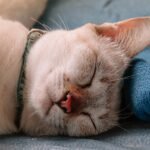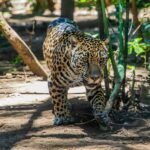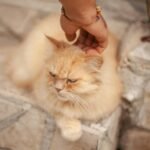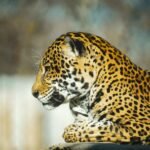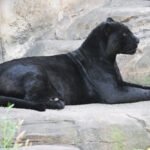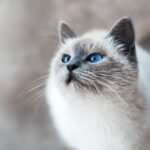Cats have been our companions for centuries, captivating us with their mysterious behavior and unique personalities. However, just as dog breeds can fade away over time, so can cat breeds. Join us on a journey to explore ten feline breeds that have vanished from the world, leaving only historical accounts and genetic remnants. These lost breeds have shaped the genetics and diversity of modern-day cats, even if their distinct characteristics are no longer present.
1. Egyptian Mau of Old
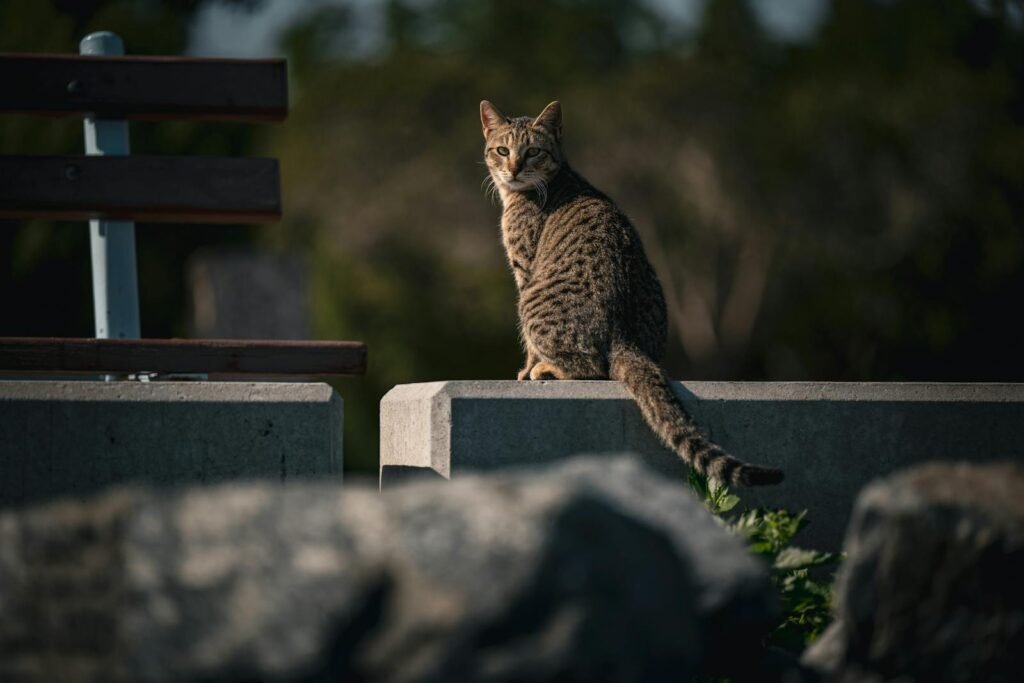
The ancient Egyptian Mau is one of the oldest known domestic cat breeds, revered in ancient Egyptian culture. Although the name survives in the modern Egyptian Mau, the original breed has been lost to time. These early cats were venerated for their sleek spotted coats and played significant roles in art and mythology. The contemporary Egyptian Mau is a re-creation, inspired by drawings and statues from that rich period.
2. Siberian Forest Cat of Old
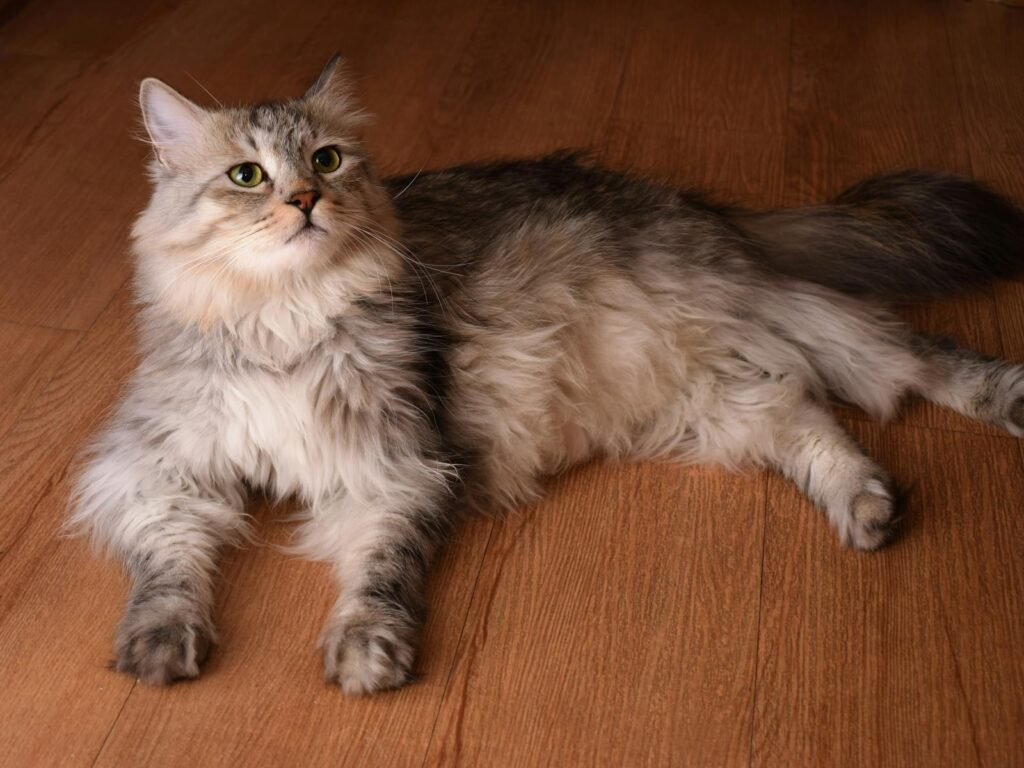
The Siberian Forest Cat, distinct from the modern Siberian, fascinated early observers with its rugged build and thick fur, perfect for harsh climates. While not entirely extinct, the original breed has been amalgamated with other domestic cats over the years, leading to today’s version that lacks some original genetic markers.
3. British Blue of Yesteryear
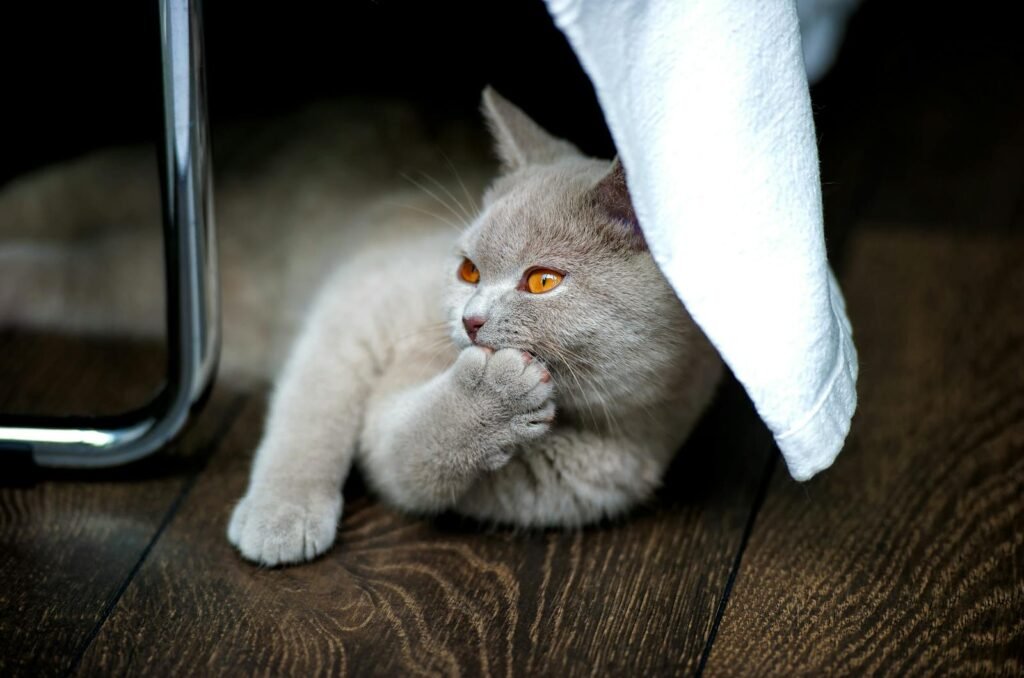
The British Blue was a predecessor of the British Shorthair, known for its striking blue-grey coat. Popular during the Victorian era, changes in breeding practices have diluted the original genetic line. Modern British Shorthairs retain the blue coloring but hail from mixed ancestry, unlike their purebred ancestors.
4. The Celtic Shorthair
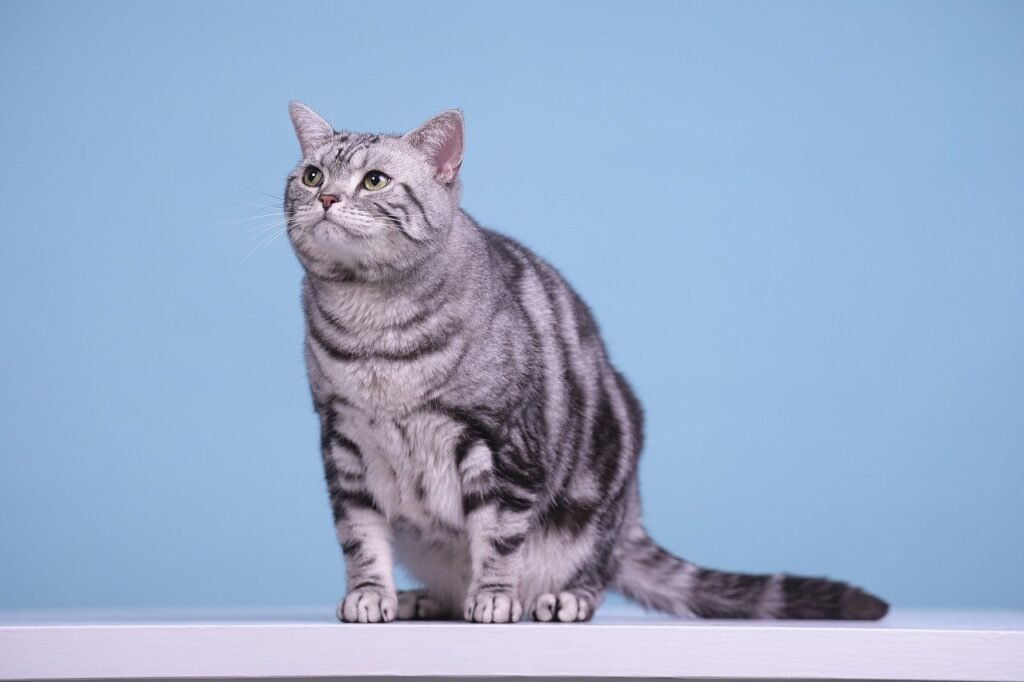
Originally, this breed roamed Europe, characterized by robust bodies and adaptable temperaments. Over time, interbreeding with other feline populations transformed the Celtic Shorthair into what we now know as the European Shorthair, losing much of the cat’s original traits.
5. Kaomany from Ancient Siam

The Kaomany once graced the courts of Siam (modern-day Thailand), celebrated for its strikingly beautiful odd-eyed appearance, often with one blue and one yellow eye. Regarded as a good luck charm, the breed has since been replaced by the more globally familiar Thai breeds like the Siamese and Korat.
6. Spanish Blue
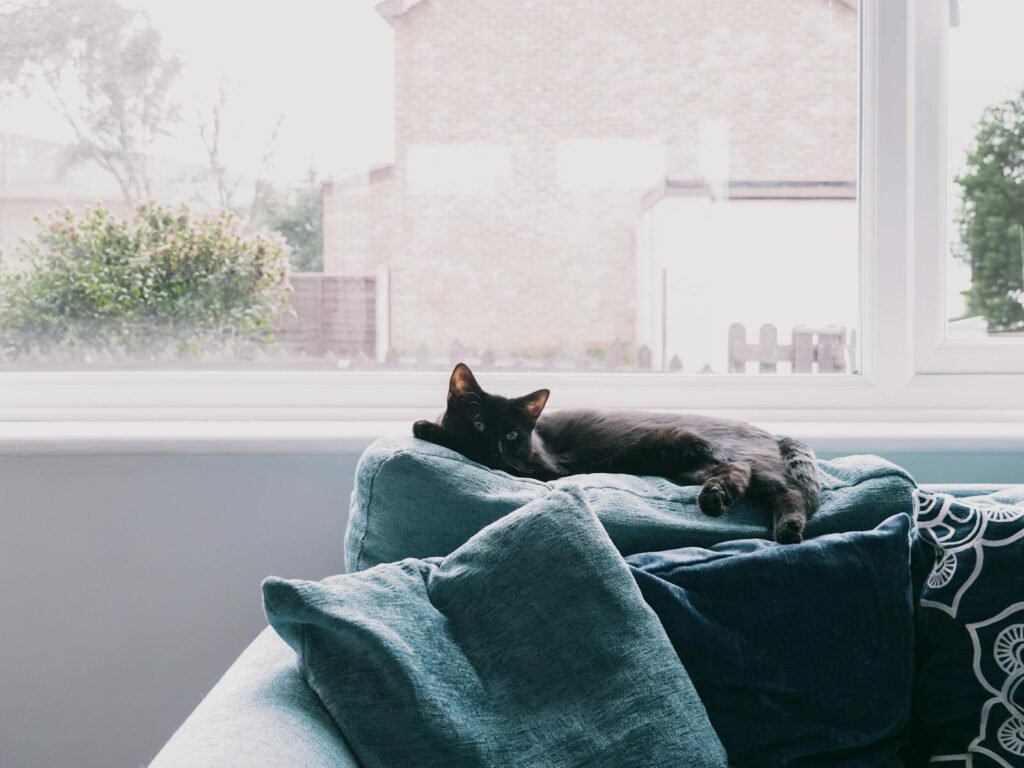
Little known outside of Europe, the Spanish Blue was once prominent in its native land. Its fur, akin to a bluish hue, set it apart from other breeds. It eventually disappeared, overshadowed by more popular and prolific European breeds, leading to a loss of its distinctive features.
7. Tawny Cats of Ancient Burma
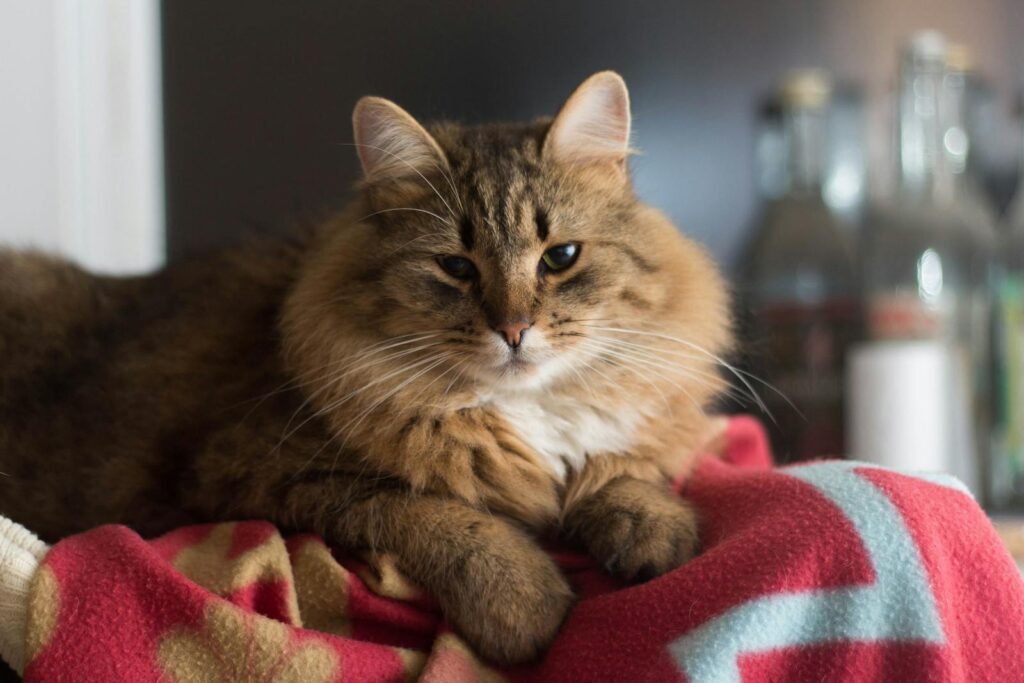
Often associated with monastic life, the tawny Burmese cats had rich, warm coats and a gentle demeanor. These cats are considered ancestors to the modern Burmese breed but no longer exist in their original form due to crossbreeding, which refined the breed’s traits over time.
8. The Laperm of Antiquity
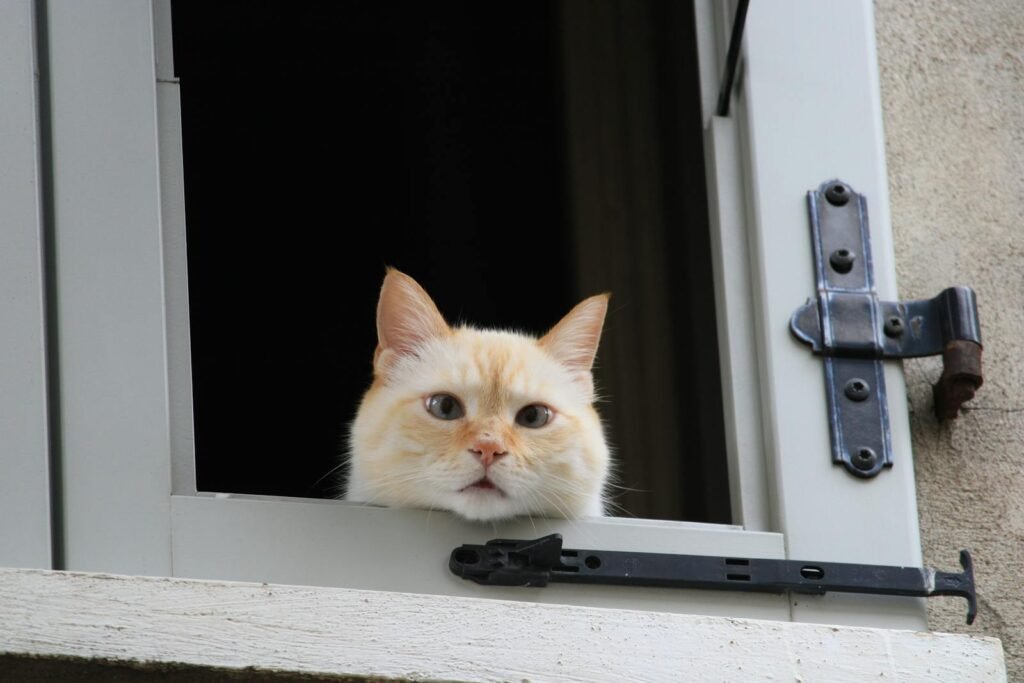
Although “LaPerm” refers to a modern breed known for its curly coat, historical records allude to earlier versions of this feline long before the contemporary breed’s establishment in the 1980s. The exact lineage has been lost, suggesting these curly-coated ancestors contributed genetic diversity that informed modern iterations.
9. German Angora
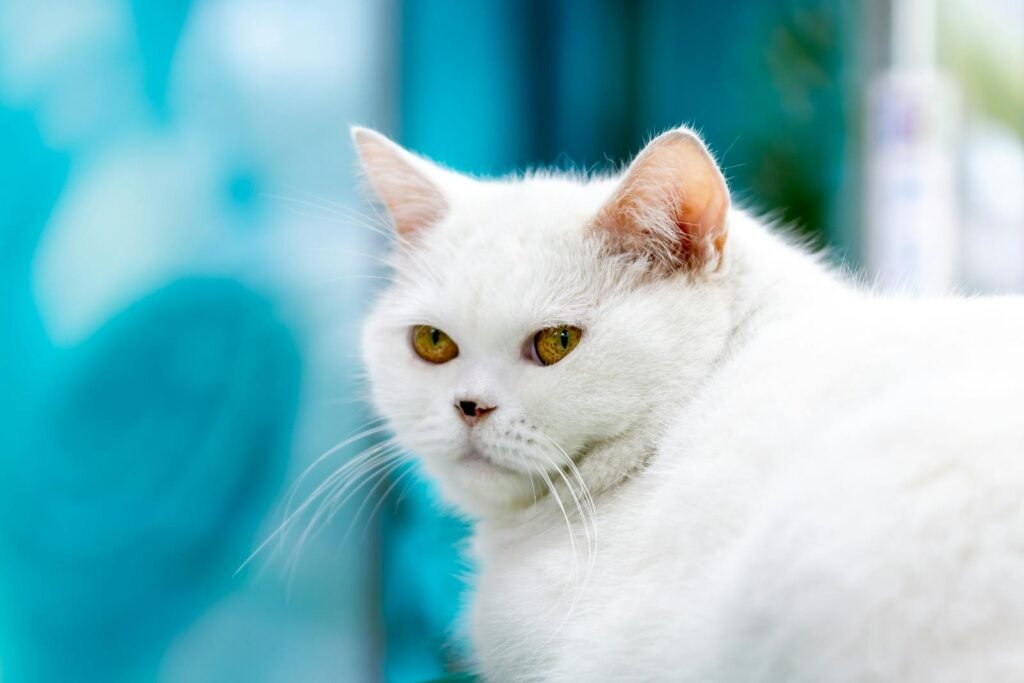
The German Angora is an enigmatic name in cat history, hypothesized to be a fluffy feline bearing resemblance to today’s Turkish Angora. Unfortunately, no distinct genetic line exists; instead, it was absorbed into various long-haired breeds that found favor in Germany during the late 19th century.
10. British Alpine Cat

This lesser-known breed was supposedly adept at dealing with colder climates, featuring a hardy frame and a tolerant personality. As housing and climate conditions changed, the Alpine Cat integrated with more common domestic breeds, erasing its unique legacy.
Exploring these extinct cat breeds offers a window into the dynamic history of domesticated felines. While these breeds may no longer exist in their original forms, their genetic footprints live on in today’s diverse cat populations. Understanding these vanished felines enriches our appreciation for the modern cats curled up in our laps. As genetics and breeding continue to evolve, the legacy of past breeds serves as a poignant reminder of the interconnectedness and adaptability of the animal world.

Growing up traveling and experiencing new cultures and wonders, I have had a passion for nature, adventuring, photography, and videography. I am currently working towards a BSc in Biodiversity and Ecology at Stellenbosch University, and I hope to specialise in Marine Sciences one day.
Please send any feedback to Feedback@animalsaroundtheglobe.com

